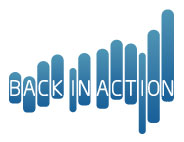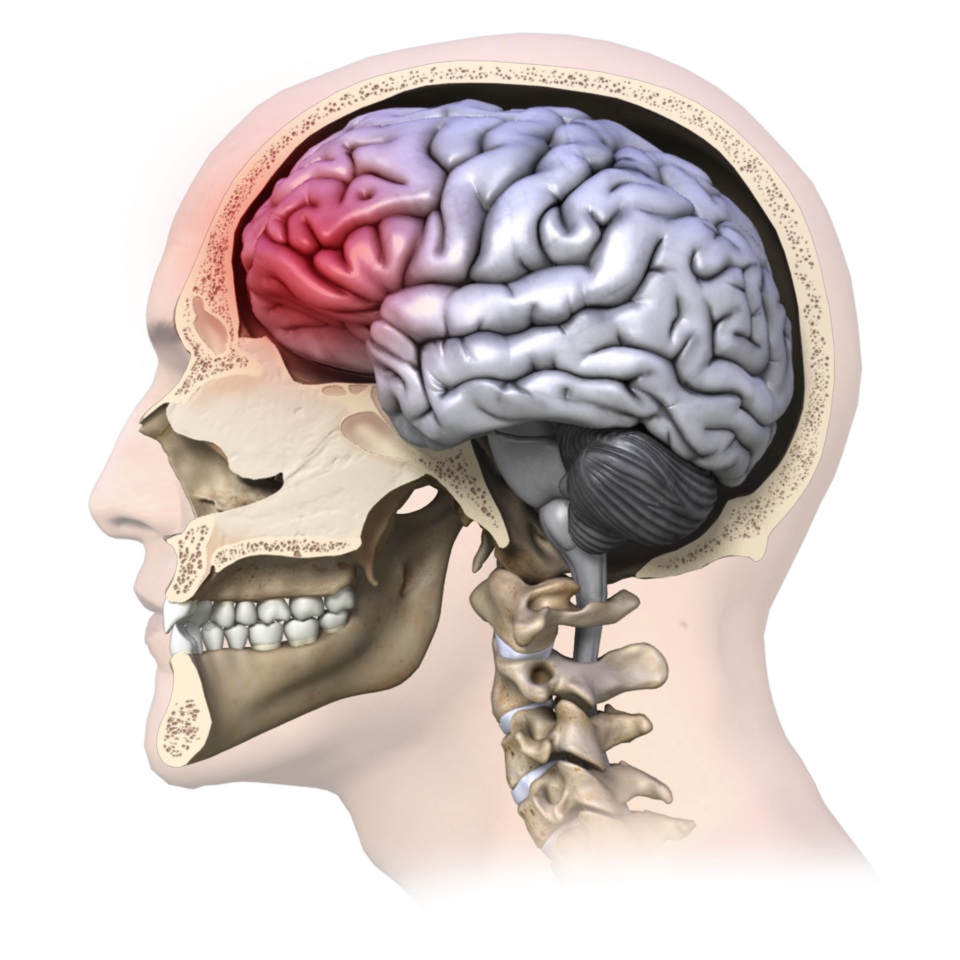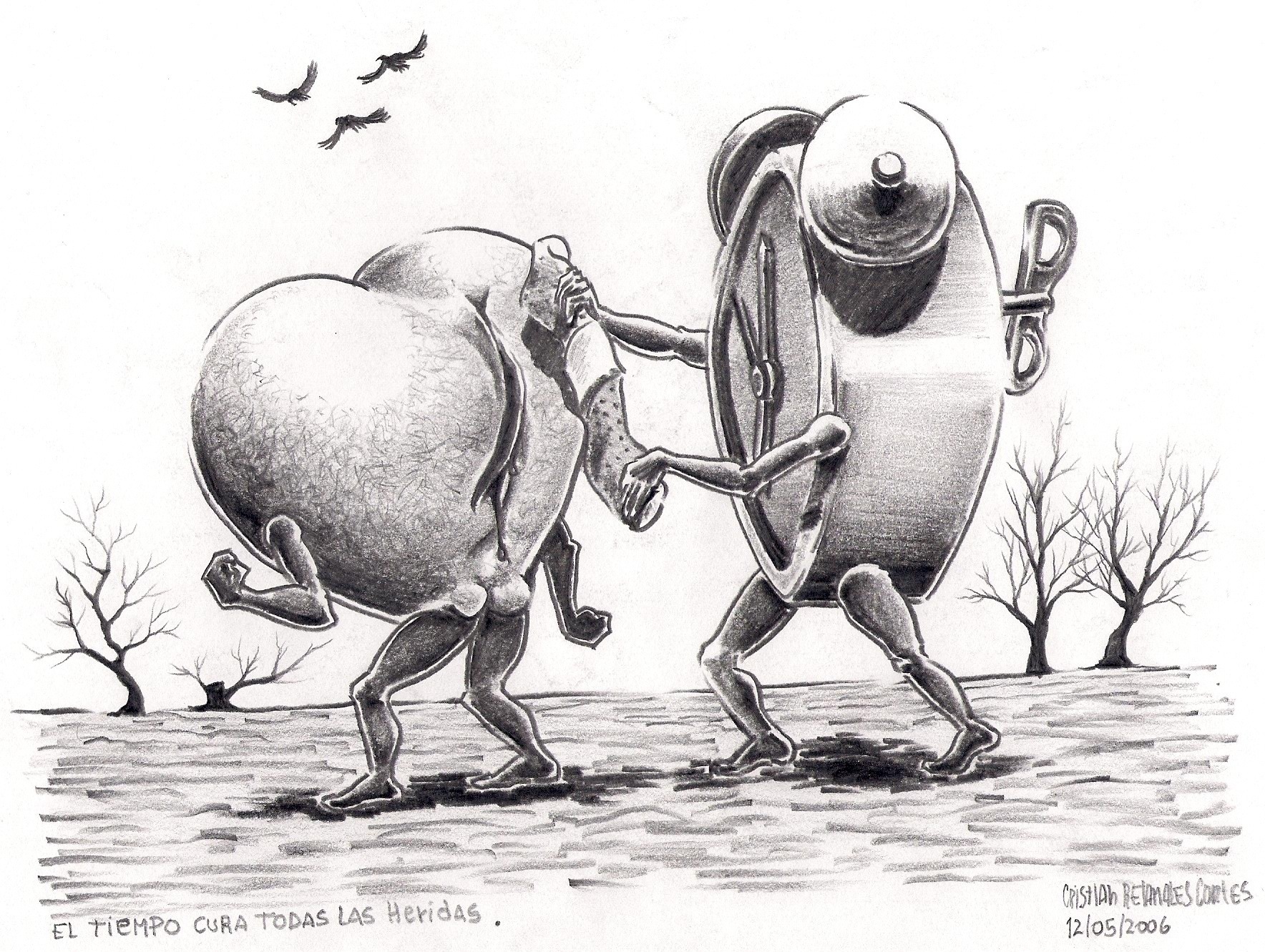By: Nicholas Hohepa – Physiotherapist
Time, the great healer, is a key ingredient in recovery for all ailments. We use it for rest, we use it to take a break from the things that may be hindering our recovery, may it be work, sport, or any of a number of activities that we find ourselves needing a break from when we aren’t 100%. As therapists, we find time is a key ingredient in a rehabilitation plan, for tracking the changes we would expect someone to make, and allows us to work alongside your body’s own mechanism’s for healing. This being said however, time is but one of many ingredients required to get you Back In Action, excuse the plug!
Like all ingredients, it needs to be measured and applied in the correct way when you are baking the soufflé of injury recovery.
I see many new people come in 6 weeks or more after an injury, where they have hit a plateau of recovery where the “she’ll be right” method hasn’t quite worked out. I myself have used a bit of “she’ll be right” on a number of occasions, and at times it has served me well, and has I’m sure helped many of you. But in saying that, I have a job because “she’ll be right” only works some of the time.
So when thinking about this, there are a few things to consider regarding if she, will in fact be right:
– Your body is a great healer, your tissues will, to a degree, heal by themselves under the right circumstances
– Your body is a great adapter, if something hurts, you will find a way to work around it, it will learn a new patterns of movement, or ways of doing something
– Your body is not a great re-setter, once you have learned a new pattern, you will generally continue with your adapted pattern
– Your body will not in the long run enjoy being out of symmetry. Walking with a 60-40 weight distribution will help for a few days, but a few weeks of this and you will start to feel it. If you do an average of 5000 – 10000 steps a day like this, you are doing 5000 – 10000 of something wrong every day, so your body will get upset. This is where we start to develop a bad side.
So with this in mind, I want you to put your hand up if you have a “good” anything, and if you do, you should know what I mean. This may be your good knee, hip, foot, and if you did follow my instructions before, which I am hoping you did for pure entertainment, you may have your good arm raised right now.
Usually you will have a good, because you had a bad, and you kept a good, because you still have a bad, so let’s go through a typical injury scenario that may result in a good and a bad.
You were stepping out the door onto the deck to head to the BBQ, it’s a new deck, and she’s not quite to code. There’s a bit of step down that you forgot about, and as you stepped down your knee gave way because you were focused on the plate of sausages in your hand. At this point, you have a good and a bad leg. Naturally, you are going to unload this side, it feels more comfortable. You have a sore leg for a few days, perhaps a week, and it starts to get better: your body is healing! You have a bit of a limp, but it is getting better. There are a few things that you usually do, like walking the dog, using the stairs at work, kicking off this side when you play football, but you adapt. This adaptation might be avoiding that hill on your walk; walking with a limp; taking the elevator instead of the steps; or just kicking off your good foot. You have adapted, and at this stage when trying progress back to your normal activities, or way of doing things, you are simply unable. This is a scenario where you have a structure that has healed to a degree, but something is not quite right, and when you start trying to get back into those regular things, your “bad” just says no.
You may be noticing your good leg is playing up a bit too, it has of course been doing more than it’s fair share. Like a good mate, it’s been there for the bad side, but now it has burnt out… And you have gotten the wrong kind of 2 for 1 deal. This is what we call a secondary issue, or even a secondary injury. Your injury is now an onion, and it has layers.
What I would like you to get from this, is understanding when,”she’ll be right” will be right. If you are unsure about what is going on and want to find out what it is, what you can do, and what to expect, we, or another qualified professional can help.
If you have a bad, that is not turning back into a good, we can help.
If you have a good, that is turning into a bad, you need help, and we can help.
Finally if “she’ll be right” is not getting where you need to get to, we can help.
 Back In Action is pleased to welcome Megan Beard to the Carterton team. Megan is a recent Australian trained Physiotherapist graduating from University of Notre Dame. Having holidayed here a number of times and thoroughly enjoying her time in the region she decided to make the move, Megan arrived in the Wairarapa in September this year,
Back In Action is pleased to welcome Megan Beard to the Carterton team. Megan is a recent Australian trained Physiotherapist graduating from University of Notre Dame. Having holidayed here a number of times and thoroughly enjoying her time in the region she decided to make the move, Megan arrived in the Wairarapa in September this year,

